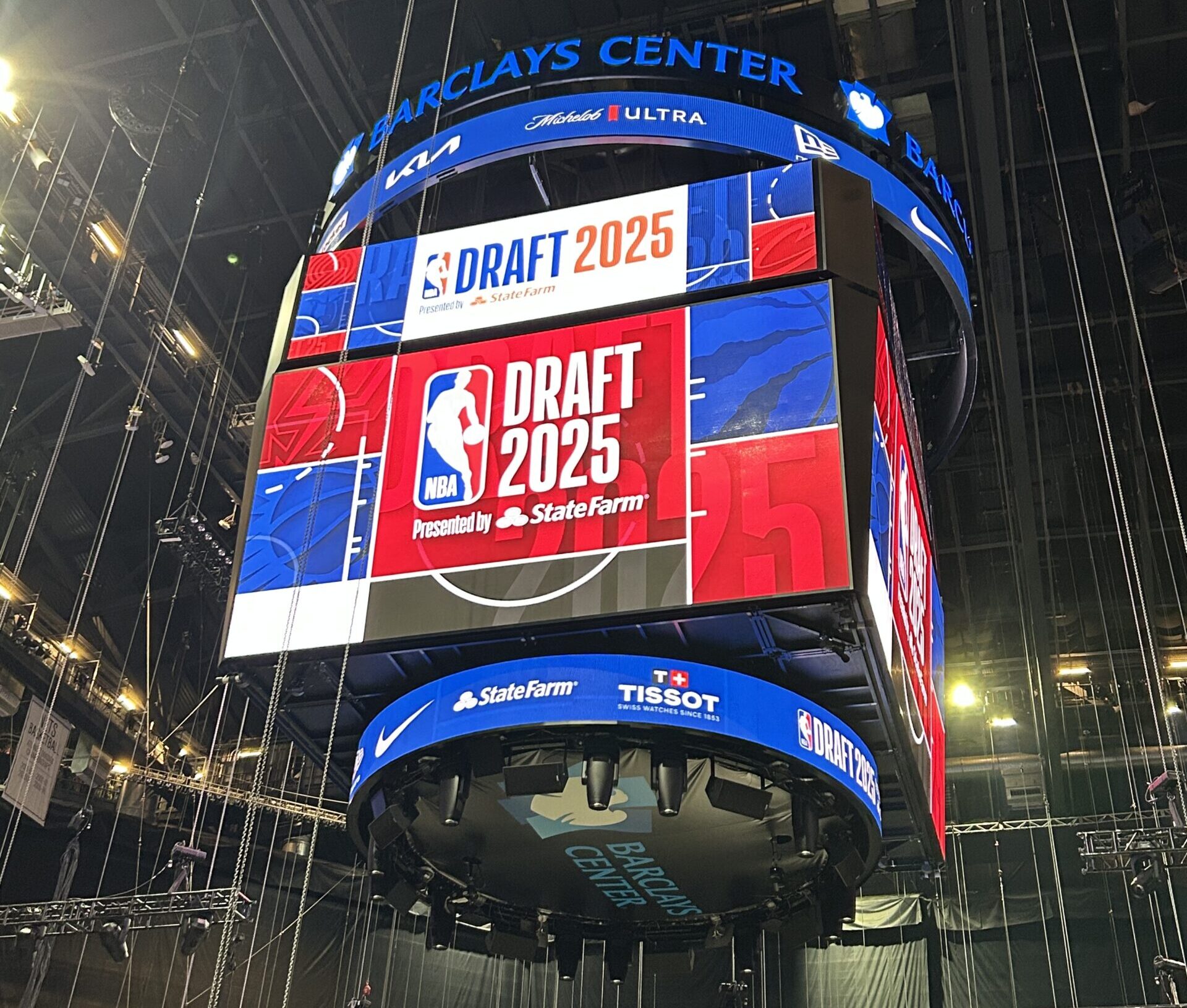Live event production expert brings RF, IP and Wi-Fi technologies together to cover competitive tournament finals at PAX West 2018 gaming convention
New York, NY, October 24, 2018 — CP Communications, a leader in innovative solutions and services for complex live event productions, leveraged the power of RF and IP convergence to bring the final events of Epic Games’ Fortnite Summer Skirmish competitive series to gaming fans worldwide. The four-day series, broadcast live from the PAX West 2018 gaming convention at Washington State Convention Center, was live-streamed to the official Fortnite Twitch.tv channel and social media platforms worldwide.
CP Communications brought its flagship HD-21 RF truck to Seattle as a central point to manage signal acquisition, distribution and transmission between a gaming competition room, an outside production set with live announcers and a large projection screen, and an NEP outside broadcast truck. Upon evaluating options, the CP team brought the best of its technical capabilities to architect a highly-efficient networked architecture of convergent RF, IP and Wi-Fi systems.
“Our first step was to use all available UHF spectrum in the 600 band to develop a single-frequency network, mainly for the purpose of low-latency return video,” said Kurt Heitmann, CEO, CP Communications. “The single-frequency network architecture makes it possible to achieve return video for wide-area networks that can’t be covered with one transmitter. Similar to what is taking shape in over-the-air TV and radio networks, the transmitters automatically set their power output levels based on their GPS locations. This enables signal overlap across more than one transmitter without interference, and optimizes coverage. All return video was delivered to video monitors on the set and the RF cameras in real-time — a critical need in live broadcasting.”
CP’s RF infrastructure included Eurotek transmitters, with one inside and one outside to support return video paths for camera feeds. A total of seven RF cameras operated in the 3GHz bandwidth range, with three fixed cameras and one jib camera used for signal acquisition on the outside production set. The remaining three cameras, two handhelds and a Steadi-cam, captured the action on the gaming set inside the convention center.
To extend networking capabilities, the CP team deployed a variety of IP and wireless mesh network technologies to carry paint control for camera color correction, broadcast-quality graphics, and bi-directional intercom and video sources. A total of 16 audio channels were embedded within four video streams.
Heitmann notes that this project represented the value that CP Communications team brings in “connecting the engineering dots,” and making use of all available tools, technologies and topologies available today for mission-critical live production and transmission.
“We started with a more traditional microwave setup for video, and then merged that with an IP and mesh network from the rooftop down,” said Heitmann. “We used an RTS RVON Voice over IP system for intercom at 5.8GHz, and passed high-quality video graphics over two Pico 38GHz IP links. And we integrated all of these systems into a singular architecture that took advantage of all available frequencies and applicable networking platforms, allowing us to capture the entire tournament and all associated commentary through to the last man standing.”






